Ask yourself: Is Forex Trading Hard? Often, the answer comes down to your setup more than your skill. Slow charts, cramped screens, and a laptop that lags under multiple trading platforms and market feeds complicate decision-making and increase stress.
This guide provides clear expert picks for the best laptop for trading forex, covering processor power, RAM, SSD storage, display clarity, battery life, cooling, and connectivity, ensuring you can run MT4, MT5, and multiple charts without lag.
For traders who want to test those setups in real markets, Goat Funded Trader's prop firm provides funded accounts and structured support, allowing you to focus on strategy and choose the right trading laptop with confidence.
15 Best Laptops For Trading Forex
1. Apple MacBook Pro 16-inch M3 Pro M3 Max
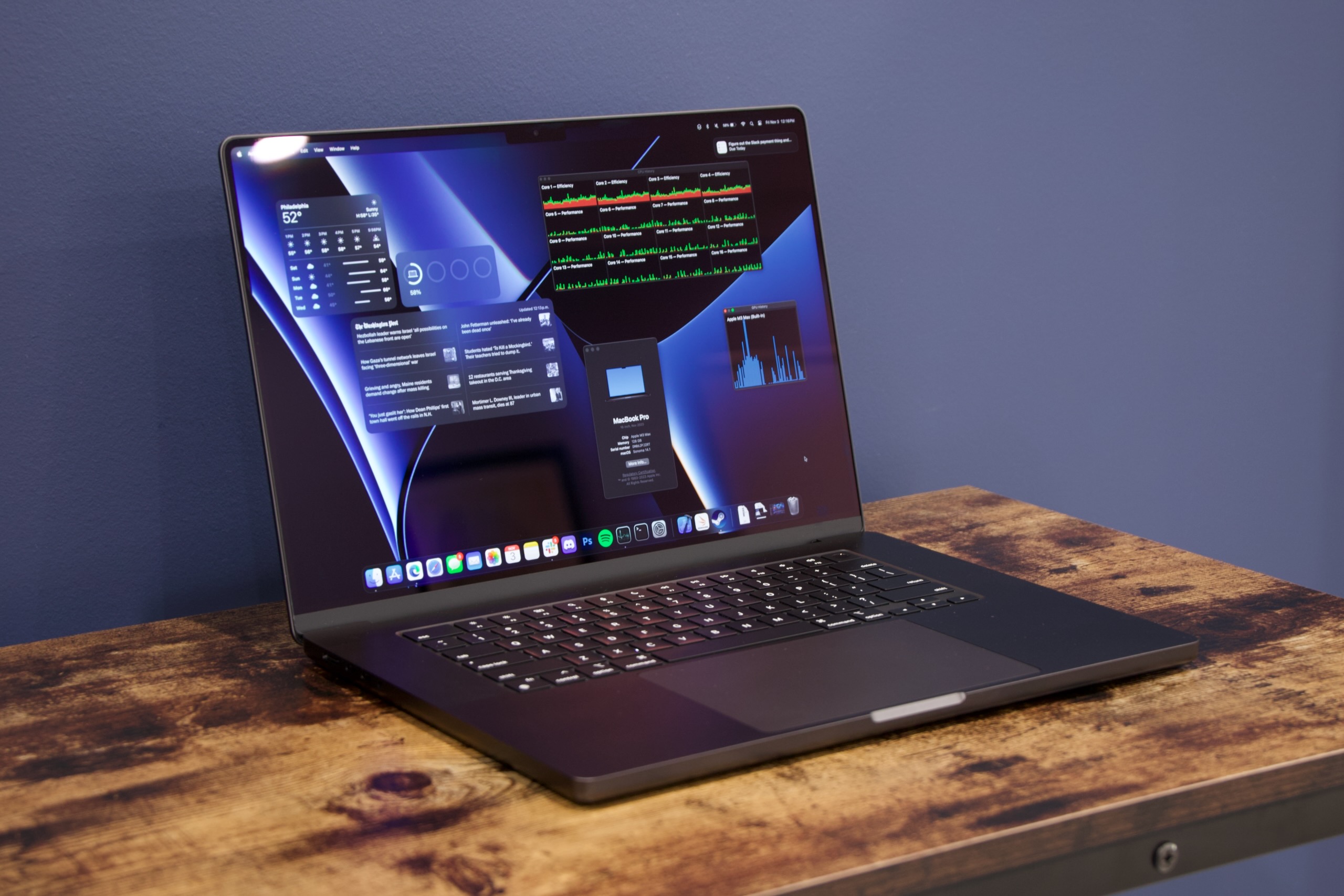
The MacBook Pro 16-inch with M3 Pro or M3 Max delivers the raw compute and GPU throughput needed for multiple trading platforms, live data feeds, and large chart layouts. Its Retina XDR display gives high resolution and excellent contrast, so candlesticks and indicators stay clear even with many windows open. Expect smooth performance with MetaTrader, TradingView web, platform bridges, and backtesting tools.
Recommended specs to target: M3 Pro or M3 Max CPU, 32 GB RAM or higher for heavy multi-window use, 1 TB SSD for logs and historical data, and the larger GPU option if you run GPU-accelerated charting or multiple external displays. macOS limits native multi-monitor support more than Windows, but you can add external displays with Thunderbolt docks and USB display adapters.
Pros
- Excellent high-resolution screens enhance trading chart visibility
- Long-lasting battery supports prolonged trading sessions
- Smooth performance for running multiple trading platforms and apps
Cons
- Higher price points can be prohibitive for some traders
- Limited support for multi-monitor setups compared to many Windows workstations
2. Dell XPS 17 2025
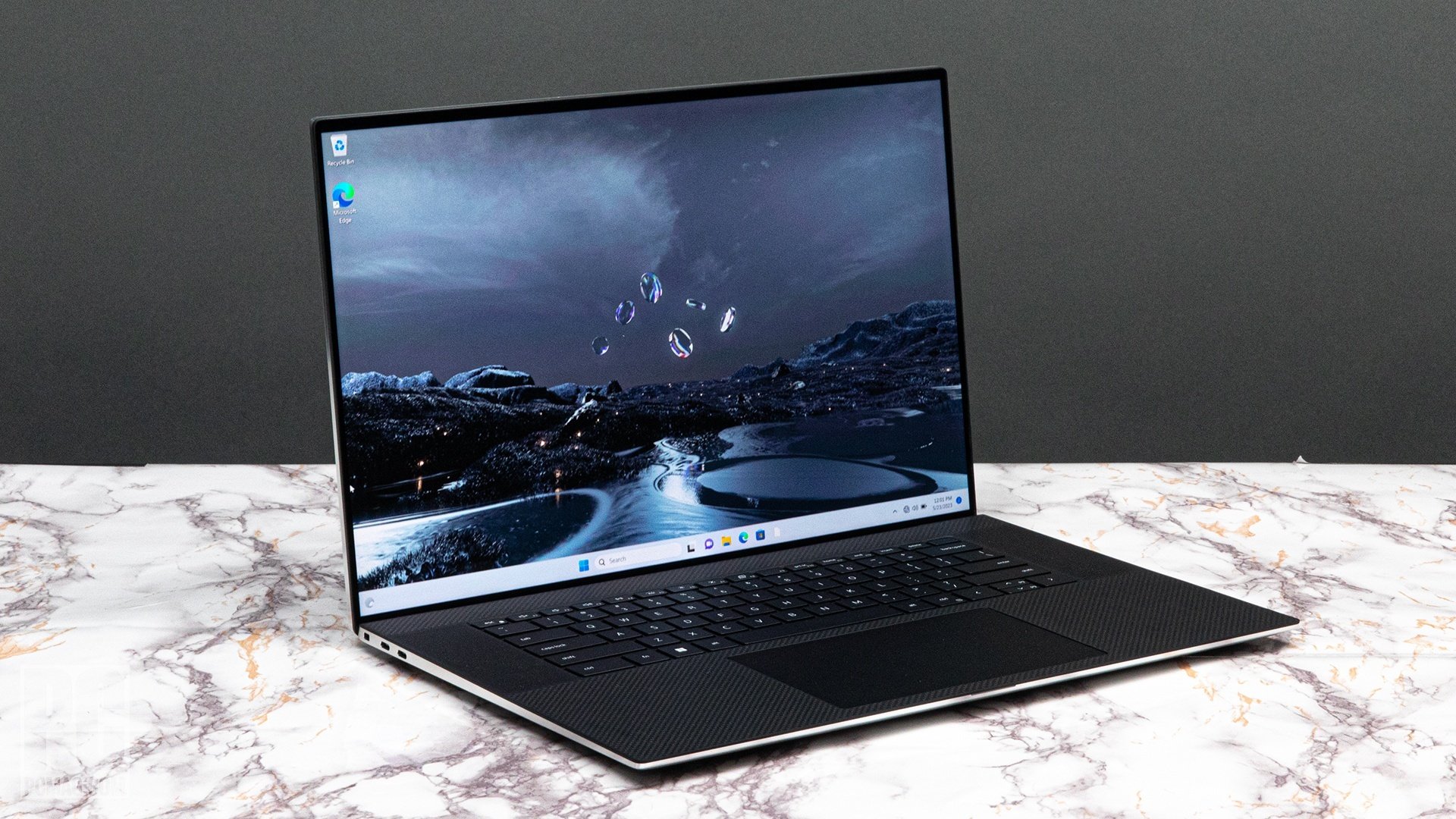
The XPS 17 combines a 4K panel and Intel Core i9 power for traders who want maximum screen real estate without attaching separate monitors. It handles several platforms at once and renders high refresh charts and indicator-heavy layouts without lag. The wide screen works well for a split view of price action and order entry software.
Aim for a high-end Core i9, 32 GB or more RAM, and NVMe SSD storage for fast load and save times. Use a docking station for extra ports and stable Ethernet connectivity when you need low-latency order execution.
Pros
- Large ultra-clear 4K screen optimizes multi-chart monitoring
- High-end processing for fast platform performance
- Premium build quality for professional use
Cons
- Size and weight reduce portability for traders who travel often
- Price sits in the higher range for trading laptops
3. ASUS ROG Zephyrus G14
.png)
A gaming chassis, but an excellent forex trading laptop thanks to Ryzen 9 performance and a robust cooling system. It runs multiple indicators, alerts, and algorithmic scripts smoothly, and its small footprint makes it convenient for trading from cafes or hotels. The thermal design keeps frequencies stable during long sessions.
For extended setups, carry a USB-C hub for external displays and wired networking. The G14 supports plenty of multithreaded workloads and handles automated strategies and intraday scanning with ease.
Pros
- Powerful specs for smooth, lag-free operation
- Compact and highly portable for trading anywhere
- Advanced cooling prevents overheating during long trading hours
Cons
- Gaming aesthetics may clash with a professional desk setup
- Limited hardware upgrade options compared to bulkier systems
4. Lenovo ThinkPad X1 Carbon Gen 12
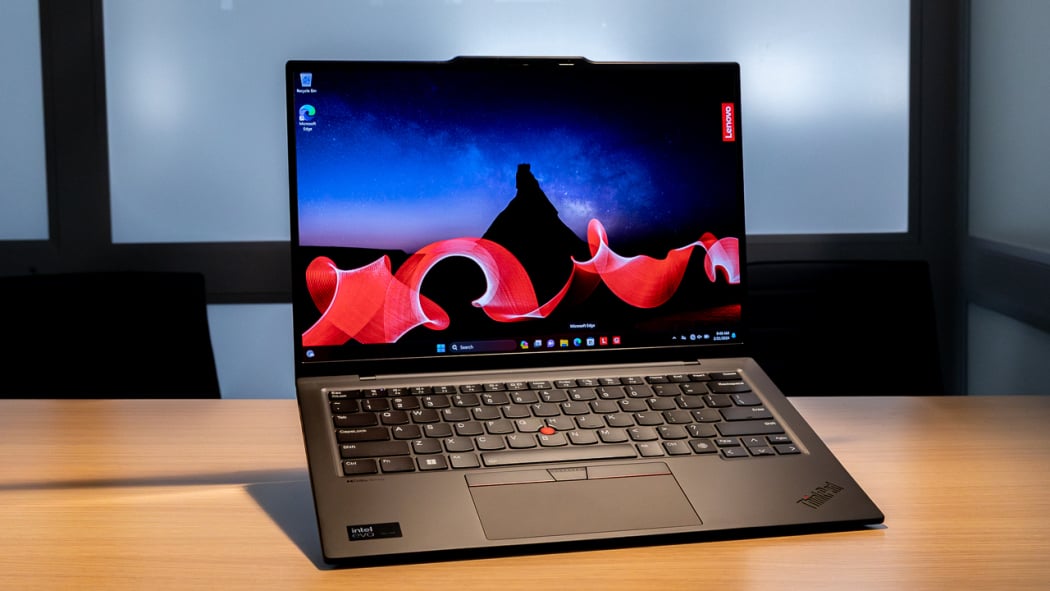
The X1 Carbon prioritizes reliability and data protection, which matters when you trade live accounts and store sensitive credentials. The keyboard is comfortable for order entry and note-taking, and enterprise-level security features protect your accounts and files. It is lightweight and easy to carry between the office and home.
Select configurations with at least 16 GB RAM and a fast SSD to keep multiple browsers and charting platforms responsive. Add a USB-C docking station for multi-monitor layouts and wired Ethernet.
Pros
- Very lightweight, enhancing portability
- Responsive and comfortable keyboard for long trading sessions
- Solid security features to protect sensitive financial data
Cons
- Integrated graphics may limit heavy visual tasks, such as those involving multiple monitors or GPU-accelerated apps.
- High-end configurations push the price up.
5. HP Specter x360 16-inch
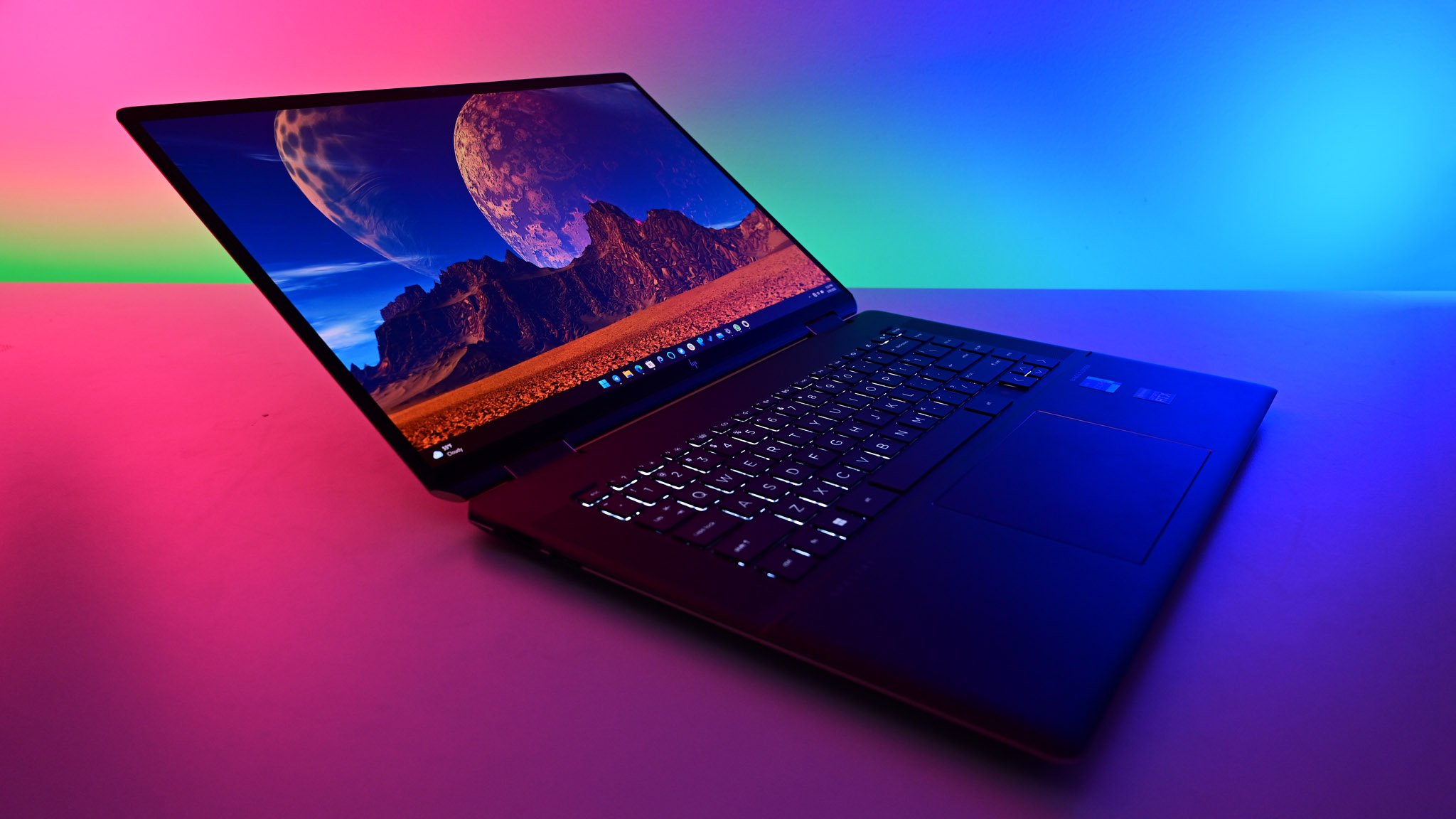
This 2-in-1 laptop combines a touchscreen with strong Intel Core i7 performance, useful if you annotate charts or prefer touch-driven chart scrolling. Flip it into tablet mode when you want to review setups away from the desk. The battery life supports long travel days when you must keep positions monitored.
If you need multi-monitor support, use a Thunderbolt dock to add displays and Ethernet. The glossy touchscreen may reflect under bright light, so position the machine accordingly.
Pros
- Convertible build gives tablet and laptop modes
- Strong Core i7 performance for trading apps
- Battery life suits extended use away from power
Cons
- Slightly heavier because of the convertible design
- A reflective screen can make outdoor or bright rooms harder to navigate
6. 14-inch MacBook Pro M3

The 14-inch MacBook Pro with M3 balances power and portability for traders who prefer macOS. It runs multiple trading applications, and the Retina XDR panel provides crisp detail for dense chart layouts. Apple silicon offers excellent efficiency and long battery life for full-day use.
Suppose you require a multi-monitor setup plan for Thunderbolt docks or a dedicated Mac-compatible display. For algorithmic trading, verify that your chosen platform supports macOS or use a lightweight VPS for Windows-only tools.
Pros
- Powerful M3 chip handles multiple apps well
- Retina XDR display improves chart clarity
- Smooth integration with other Apple gear for workflow continuity
Cons
- Supports only one external monitor without additional adapters
- Premium pricing may deter budget-conscious buyers
7. Dell XPS 15

The XPS 15 offers a nearly bezel-less display and solid Intel Core i7 performance, a sensible Windows option for traders who prefer native multi-monitor and port flexibility. It balances battery life, CPU horsepower, and a large, valuable display for managing orders and watch lists.
Choose 32 GB RAM and NVMe SSDs when you run backtests or store ticks locally. Add a USB-C dock if you want to expand to two or three external monitors.
Pros
- Attractive design and a large, vivid display for detailed charting
- Robust performance for multiple trading platforms
- Decent battery life for mobile trading
Cons
- Port selection is limited unless you use a dock
- Higher cost relative to competitors with similar specs
8. 13-inch MacBook Air M3
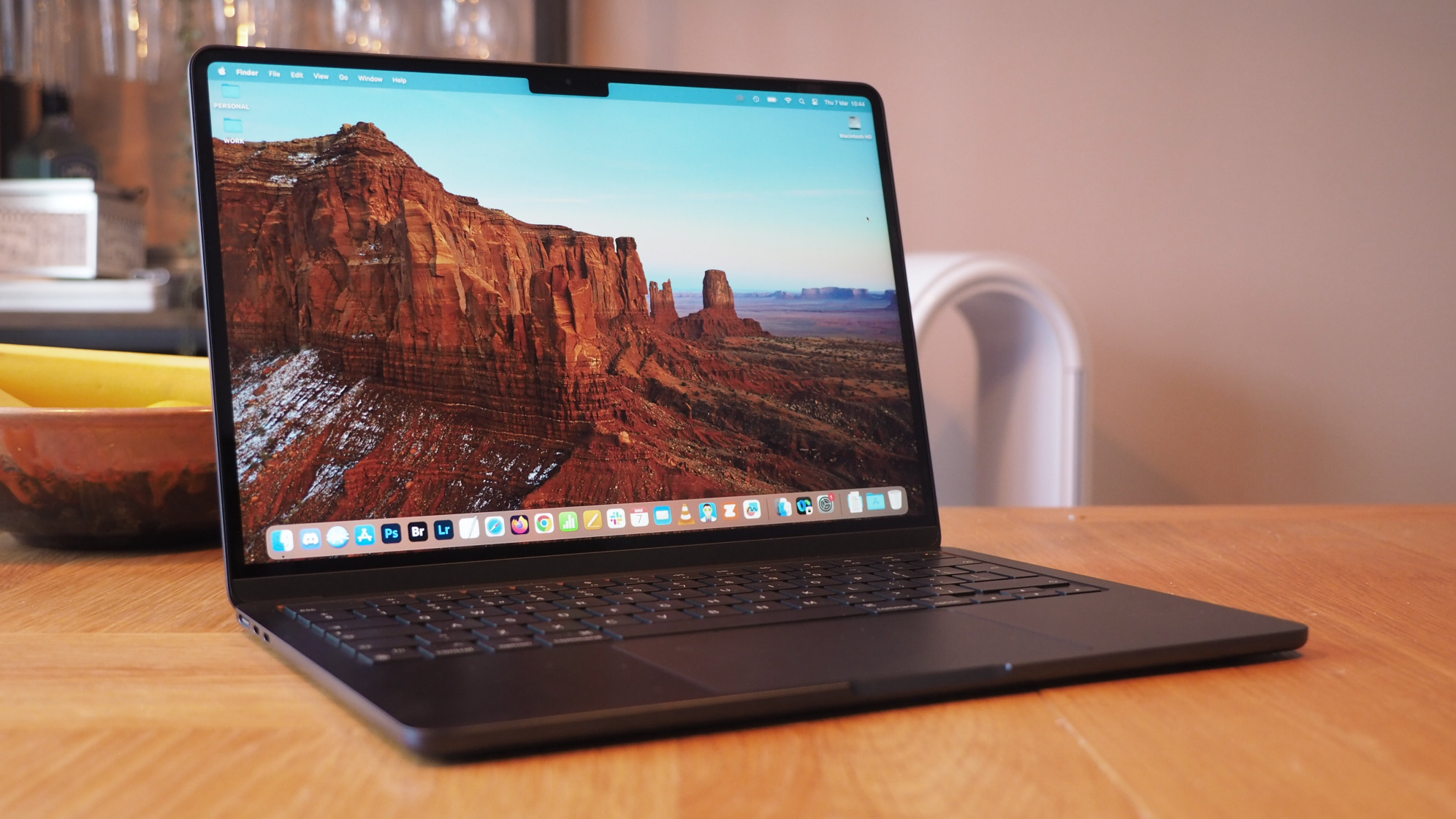
The MacBook Air 13-inch with M3 offers lightness, silence, and long battery life, ideal for traders who travel or prefer minimal gear. It handles basic charting, order entry, and monitoring tasks quietly thanks to a fanless design. For day trading with a few charts, it performs well.
If you plan multiple heavy charts or complex backtesting, consider a more powerful machine or a remote VPS. Use a portable USB display adapter for a second screen when needed.
Pros
- Extremely lightweight and easy to carry
- Fanless operation keeps it silent
- Long battery life for all-day trading away from power
Cons
- Single external monitor support limits expanded setups
- Less raw performance versus MacBook Pro models for heavy multitasking
9. ASUS Zenbook S 13 OLED
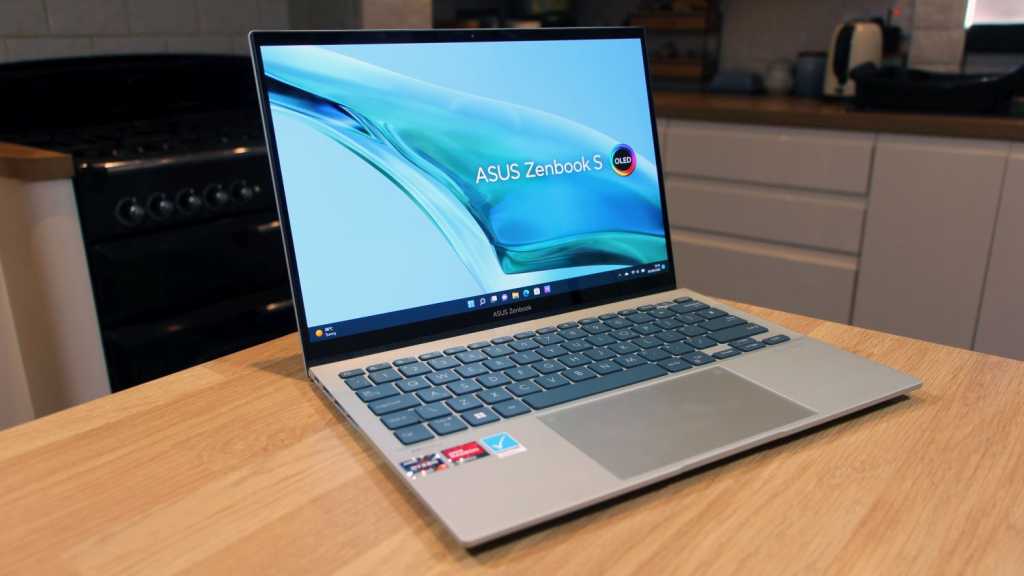
An OLED panel on the Zenbook S 13 provides deep contrast and accurate color, aiding in reading heatmap indicators and layered chart styles. It is thin and light while offering enough power for standard trading platforms and browser-based charting. The display helps keep candlestick detail readable in low light.
Port limitations mean you will likely use a USB-C hub or dock to connect multiple external monitors and a wired internet.
Pros
- OLED screen delivers crisp, high contrast visuals
- Lightweight and ultraportable for travel
- Good battery life for extended trading sessions
Cons
- Performance may limit very heavy multitasking or multiple VM use
- Few ports require adapters for many peripherals
10. Dell Inspiron 14
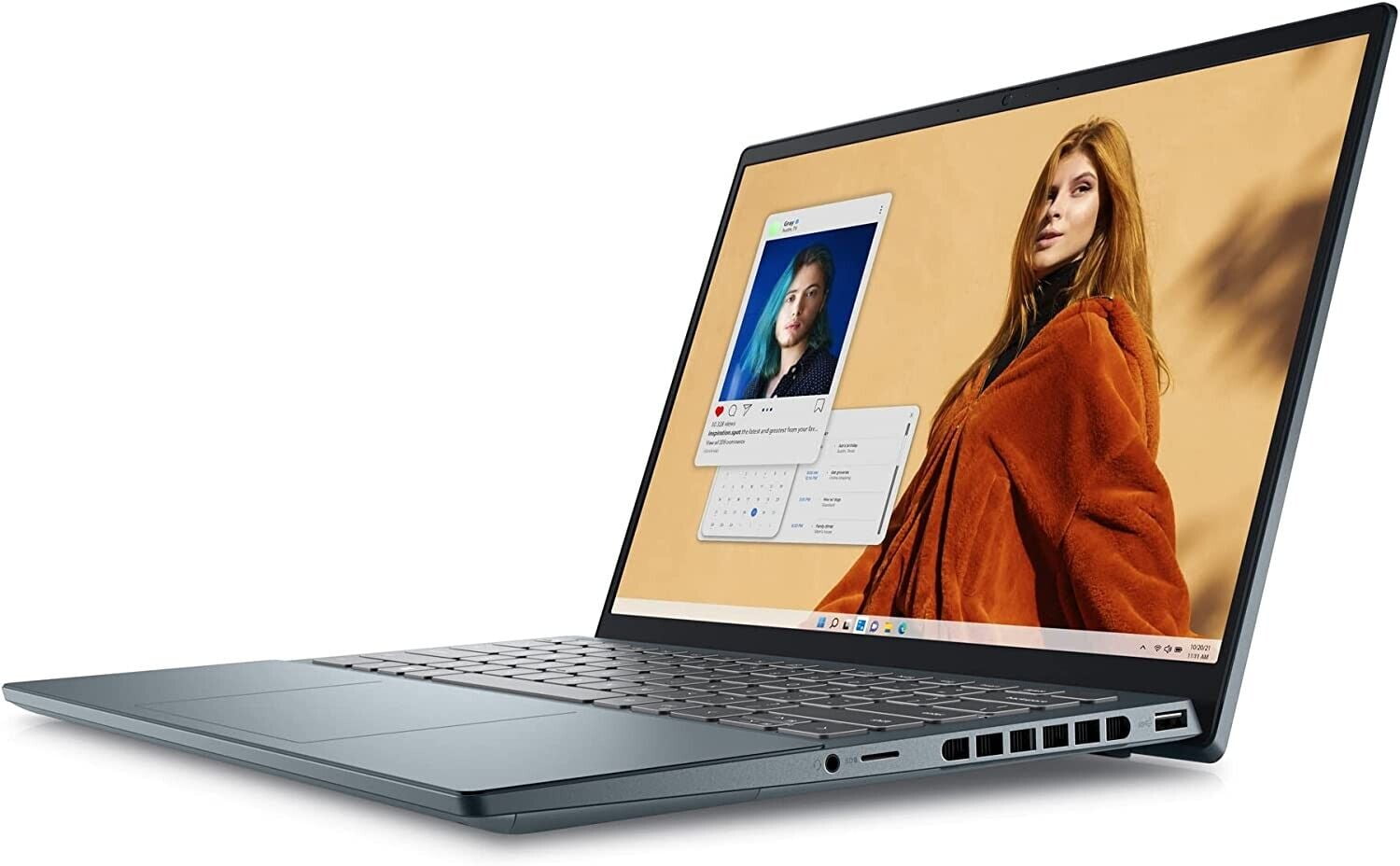
The Inspiron 14 gives a capable and affordable entry point for retail forex traders who need basic charting and order entry. It works well as a secondary machine for monitoring accounts or running a casual strategy while you learn platform features. Battery and portability make it simple to carry to classes or meetups.
Expect to upgrade RAM or storage if you start running many instances or local data stores for history analysis.
Pros
- Budget-friendly without sacrificing core functionality
- Portable and compact for mobile trading
- Sufficient for basic, everyday forex trading tasks
Cons
- Lower resolution reduces detail compared with premium models
- Entry-level processors may struggle under heavy, multi-app loads
11. Lenovo ThinkPad T14 Gen 5
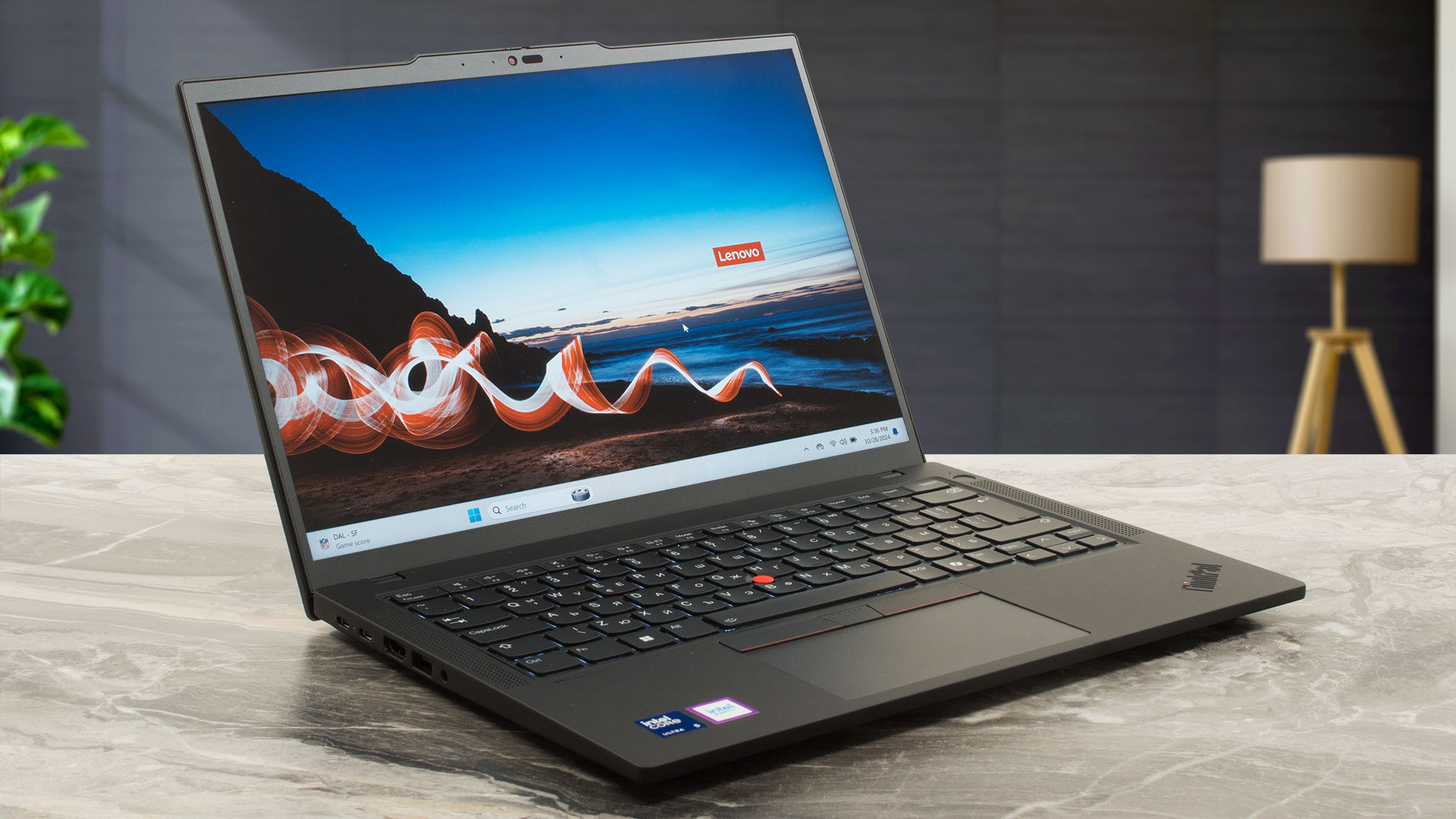
The ThinkPad T14 Gen 5 focuses on durability, a comfortable keyboard, and steady performance for full-time desk traders. It runs professional trading platforms reliably and handles long hours of data streaming and alerts. Its build quality supports heavy daily use.
Combine with an external monitor array and a docking station for a complete trading workstation and wired networking to minimize latency.
Pros
- Robust construction for longevity
- Comfortable keyboard suited to long sessions
- Strong processing power for trading applications
Cons
- Bulkier and heavier than lightweight ultraportables
- Higher cost than entry-level alternatives
12. Acer Aspire 5
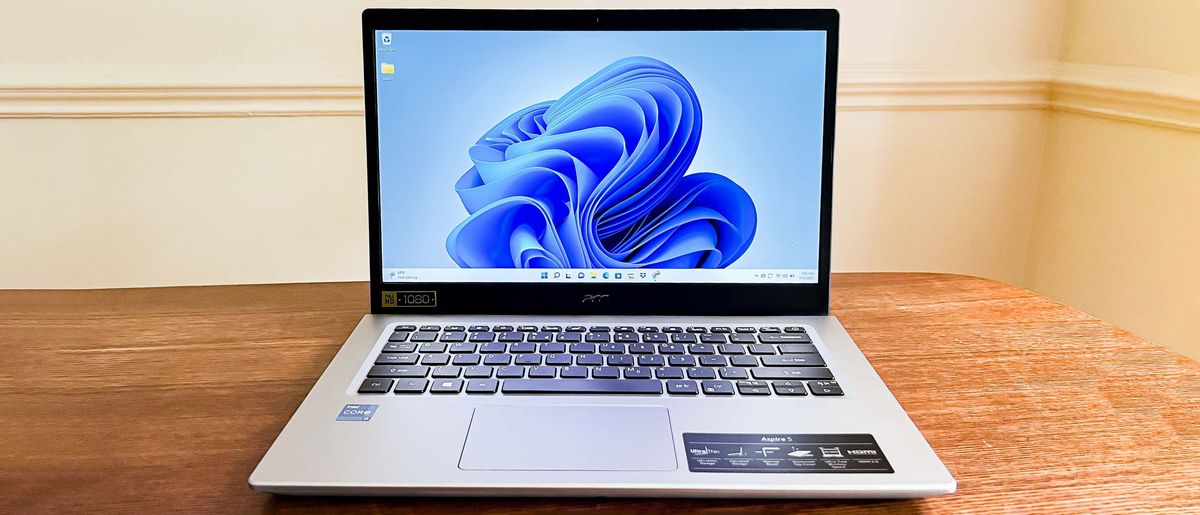
Acer Aspire 5 is a practical choice for traders on a tight budget who still need a dependable machine. It supports mainstream trading platforms and offers multiple ports for basic multi-monitor or peripheral needs. It works well as a backup laptop for remote trading or as a starter machine.
For heavy charting or algorithmic work, plan an upgrade path to more RAM and a faster SSD.
Pros
- Highly affordable price point
- Decent performance for everyday trading needs
- Plenty of connectivity ports for accessories
Cons
- Basic build feels less premium
- Display and brightness lag behind higher-end laptops
13. MSI Stealth 15M
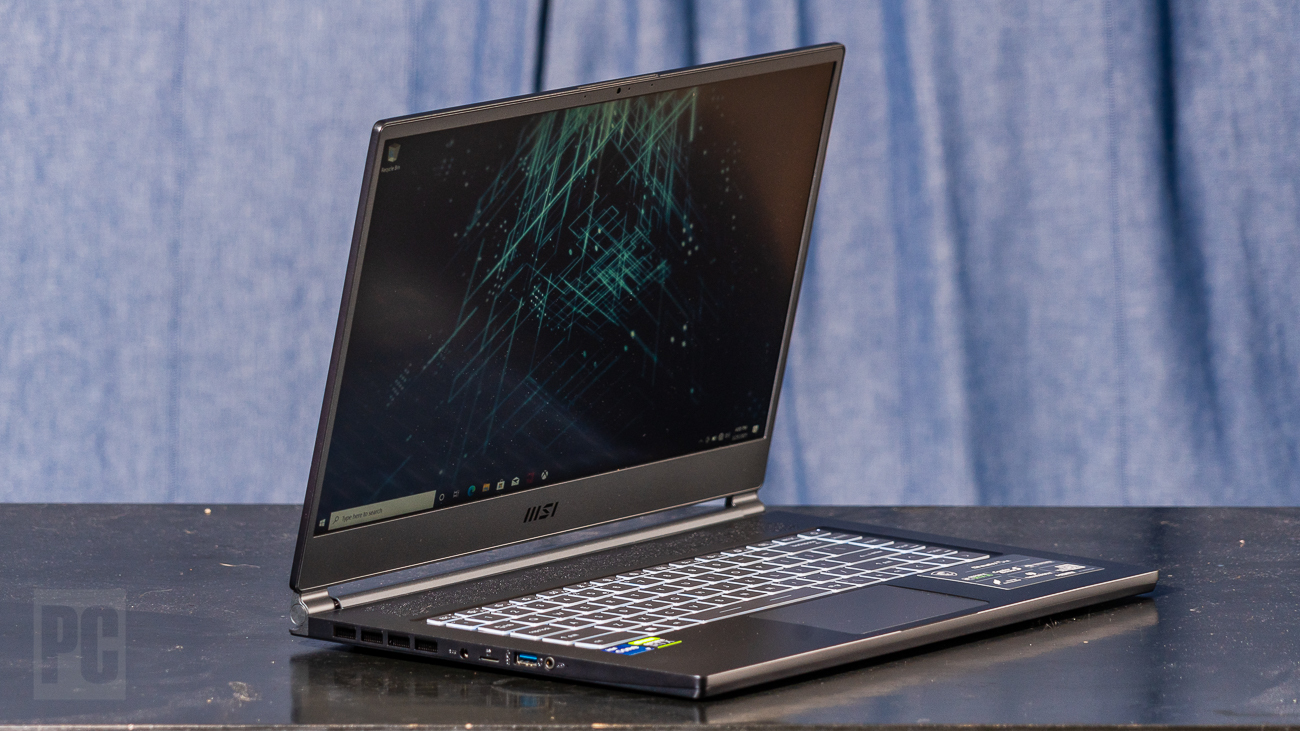
The MSI Stealth 15M packs gaming-grade CPUs and GPUs into a slender chassis, giving traders fast processing for automated strategies and extensive dataset analysis. It supports heavy multitasking, live feeds, and GPU-assisted chart rendering when supported by your tools. Cooling keeps clocks higher under load.
Battery life remains shorter, so plan for plugged-in sessions when you run many instances or backtests.
Pros
- High-performance hardware for speed
- Slim and lightweight for a gaming laptop
- Effective cooling keeps the system stable during intense use
Cons
- Shorter battery life limits mobile unplugged sessions
- Gaming styling may not fit every professional desk
14. Microsoft Surface Laptop 7
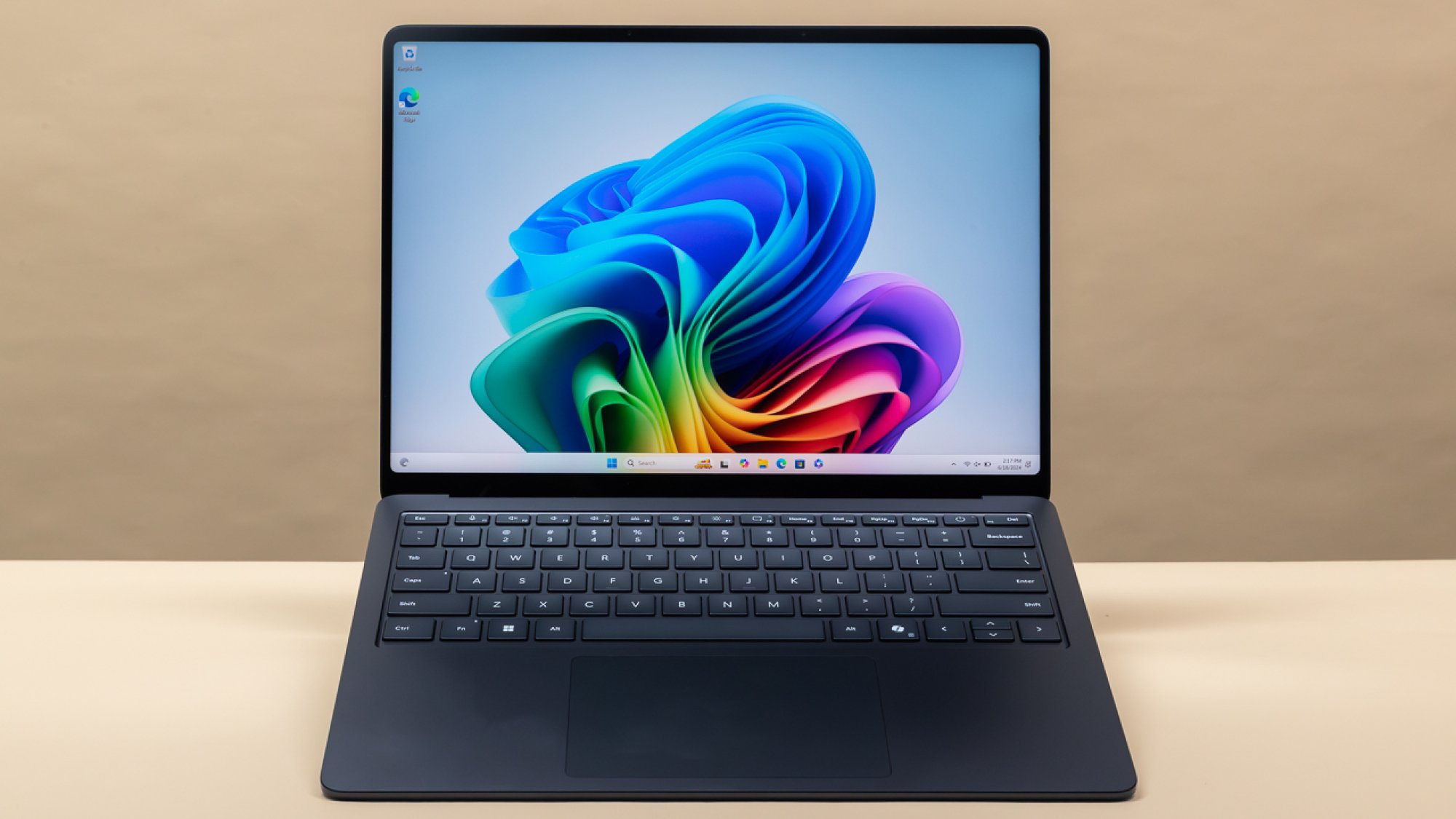
The Surface Laptop 7 offers exceptional battery life and a sharp touchscreen within a slim frame, driven by the Qualcomm Snapdragon X Elite chip. It handles browser trading platforms, native Windows apps, and long monitoring periods without frequent charging. The touchscreen helps fast navigation of charts and indicators.
Limited ports will require a dock for multi-monitor setups and wired trading connections for lower latency order entry.
Pros
- Impressive battery life for long trading days
- Lightweight and highly portable
- High-resolution touchscreen improves chart interaction
Cons
- Limited ports reduce connectivity without adapters
- A higher price may challenge budget-conscious buyers
15. Lenovo Yoga Slim 7x
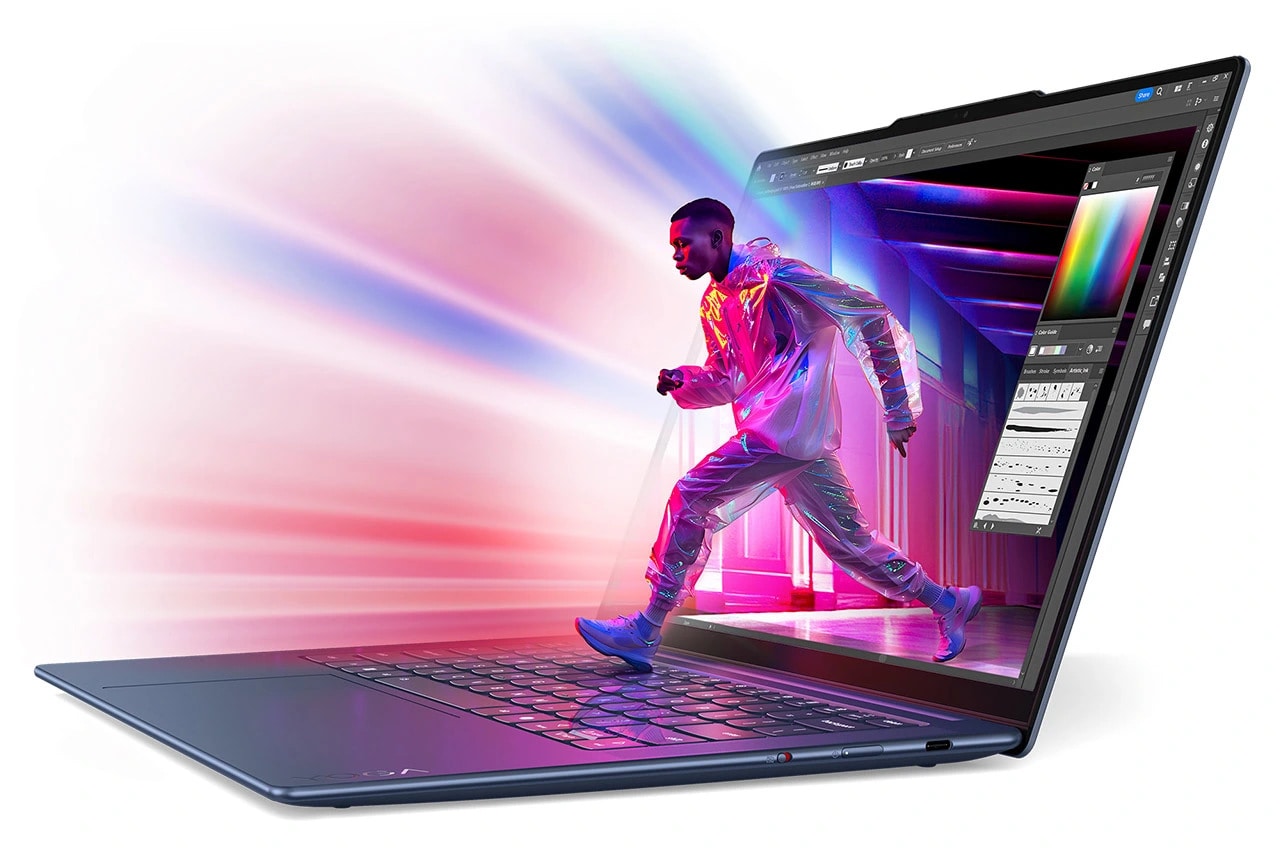
The Yoga Slim 7x pairs an OLED display with long battery life and a very light chassis, suited for traders who need a clear screen and frequent travel. It handles common trading platforms well and keeps charts crisp on the move. The machine is a good companion for traders who monitor positions while commuting.
For multi-monitor desk setups, plan on a Thunderbolt dock to expand ports and add wired Ethernet for stable connections.
Pros
- OLED display produces vivid, crisp images
- Very lightweight for travel-friendly use
- Good battery duration for traders away from outlets
Cons
- Not ideal for heavy multitasking workloads
- Limited port availability may require adapters for complete setups
Related Reading
- What Is A Lot Size In Forex
- How Much Do You Need To Start Trading Forex
- How Profitable Is Forex Trading
- What Is Swap In Forex Trading
- Forex Trading Account Types
- How To Learn Forex Trading
- Automated Forex Trading
- Fibonacci Forex Trading
- Pros And Cons Of Forex Trading
- Forex Trading Profit Per Day
Best Laptop Specifications for Trading Forex
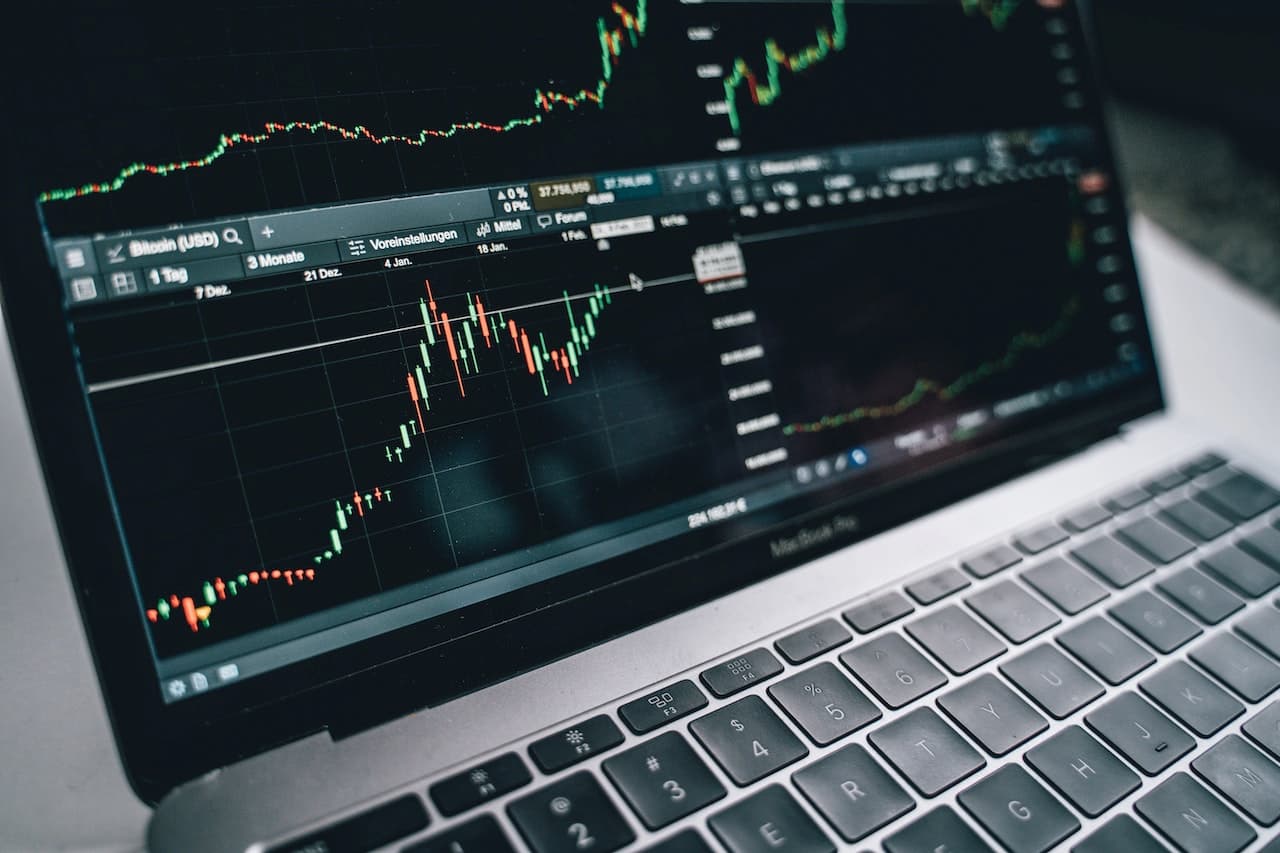
Powerful Processor for Smooth Trading
A fast CPU cuts lag when charts redraw and when you send orders. Choose recent generation Intel Core i7 or AMD Ryzen 7 class chips with strong single-core clocks and multiple cores for parallel tasks. Look for CPUs that support hyperthreading or simultaneous multithreading so backtesting, running expert advisors, and a browser with news feeds can run at once. Check thermal design and cooling because sustained high clock speeds matter during long sessions and under load.
Sufficient RAM for Multitasking
Trading platforms, data feeds, and browser tabs consume memory quickly. Start with 16 GB of RAM as the baseline and move to 32 GB if you run many platforms, several charts per screen, virtual machines, or heavy data analysis. Prefer systems with dual-channel memory and at least one user accessible RAM slot so you can upgrade without replacing the whole machine. Both DDR4 and DDR5 work well if the motherboard supports them.
Fast and Spacious Storage with SSD
An NVMe SSD on a PCIe bus makes the operating system and trading software start fast and keeps chart files responsive. Aim for 512 GB to 1 TB, depending on whether you store ticks and long historical data locally. Use a separate drive or cloud backup for archives and export files to avoid filling the system volume. Avoid spinning hard drives for your primary install.
Clear and Large Display for Better Visibility
Full HD 1920 by 1080 is the minimum. A 15.6-inch screen balances portability and workspace, while a 17-inch model gives more room for multiple charts side by side. Prefer IPS or similar panels for wide viewing angles and consistent color. Higher resolution panels increase chart detail but can reduce battery life and require scaling in some apps. Look for at least 300 nits of brightness and an anti-glare treatment for long sessions.
Graphics Requirements Depending on Usage
Integrated graphics handle MT4, MT5, cTrader, and most charting tools efficiently. Choose a dedicated GPU only if you plan to run three or more external monitors, use GPU-accelerated analytics, or perform heavy visualizations. Mid-range GPUs offer more stable multiple display output and driver support for extended setups. Verify the laptop can output to external displays over USB-C or Thunderbolt 4 and supports the resolutions and refresh rates you need.
Long Battery Life for Uninterrupted Trading
A laptop rated around eight hours gives flexibility when traveling or during brief outages. Be realistic: browser tabs, real-time data, and bright displays cut runtime. Use power profiles and unplug peripherals to extend uptime, and consider a small UPS or a high-capacity power bank for critical sessions. Check manufacturer run times with active workloads rather than idle numbers.
Lightweight and Durable for Mobility
A portable form factor reduces travel fatigue and keeps you ready to trade from anywhere. Look for a solid chassis in aluminum or magnesium and a weight under four pounds if mobility matters. Test the keyboard for comfortable travel and layout, as fast order entry depends on the tactile feel. A backlit keyboard, large responsive trackpad, and robust hinge improve daily use.
Essential Connectivity Options
Low-latency wired Ethernet beats Wi Fi for stability, so pick a laptop with a gigabit RJ45 port or plan to use a reliable adapter. Look for multiple USB-A ports, at least one USB-C with DisplayPort or Thunderbolt 4, and full-size HDMI for straightforward monitor connections. Wi Fi 6 support, stable Bluetooth for peripherals, and easy docking station compatibility make a smoother multi-monitor trading desk. Ensure the machine supports VPN and remote desktop tools if you use a VPS or remote servers for execution.
Related Reading
- Forex Trading Candlestick Patterns
- Forex Trading Algorithms
- Risk Management In Forex Trading
- Forex Trading Day
- Minor Forex Pairs
- Forex Trading Vs Crypto Trading
- Advanced Forex Trading
- Copy Forex Trading
How to Choose the Best Laptop for Trading Forex

1. Match Your Trading Style to Hardware Needs
Scalpers need low latency, fast refresh, and the ability to run multiple live feeds and order windows at once. That pushes you toward a quad-core or better CPU, more RAM, and a stable wired network option. Swing traders who run a few charts and indicators can work comfortably on a midrange laptop with decent battery life. Which trading style do you use, and how many chart windows and indicators must run at the same time?
2. Set a Practical Budget That Works for Trading
Decide how much you want to spend before you start comparing models. A solid entry setup can appear in the $500 to $800 range if you prioritize an SSD and at least 8GB RAM. In the $800 to $1,200 bracket, you get faster processors, 16GB RAM, and better screens for multiple charts. If you want long-term performance and multiple external monitors, expect to move above $1,200 for a machine with upgradeable RAM and storage. How much are you willing to trade off between portability and raw power?
3. Specs to Prioritize for Smooth Forex Trading
CPU
Choose at least an Intel Core i5 or AMD Ryzen 5; go for an i7 or Ryzen 7 if you run many indicators, multiple platforms, or local data processing.
RAM
8GB minimum; 16GB recommended for heavy charting, multiple terminals, and browser tabs.
Storage
An NVMe SSD is ideal for fast boot, quick data writes, and smoother platform updates; 512GB is a practical target if you keep local logs or recordings.
Display
15-inch 1080p as a baseline; 1440p or a 17-inch screen helps when you need several charts visible. Anti-glare and sound color reproduction make long sessions easier.
Graphics and monitors: Integrated graphics handle most trading platforms, but a laptop with Thunderbolt or HDMI that supports two external monitors is handy.
Connectivity
Gigabit Ethernet or stable Wi Fi 6, multiple USB ports, and at least one USB Type-C or Thunderbolt port for docking.
Battery, cooling, and build
Look for efficient thermal management to avoid throttling during heavy use and a battery that lasts for several hours on light tasks.
Security and reliability
Hardware fingerprinting or Windows Hello, a strong warranty, and easy access for RAM and SSD upgrades are essential for long-term use.
Which of these specs will improve your workflow the most right now?
4. Real Trader Reviews and Practical Tests
Read forum threads and recent buyer reviews, but test a model yourself where possible. Run your trading platform on a display loop or demo account and monitor CPU and RAM use, battery drain, and any thermal throttling. Look for specific reports about how models handle TradingView, MT4, MT5, cTrader, or your custom platform under sustained load. Check return policies, and see if owners mention issues with drivers, Wi Fi, or battery health after months of use. Which real-world test would convince you to buy?
5. Portability and Setup
If you travel, prioritize weight, battery life, and a compact chassis with a reliable trackpad and backlit keyboard. If you trade from a desk, pick a larger screen with better cooling and plan for a docking station and one or two external monitors. Consider a mid-sized laptop with Thunderbolt so you can plug into a powerful desk setup and still carry something light on the move. Do you need instant access to markets while traveling, or do you prefer a fixed multi-monitor station?
If you want funding and scale, consider a prop firm that backs traders with real capital. Goat Funded Trader gives you access to simulated accounts up to $800K with the most trader-friendly conditions in the industry, no minimum targets, no time limits, triple paydays, and up to 100 percent profit split, and you can choose funding through customizable challenges or instant funding options with our prop firm model. Join over 98,000 traders who have collected more than $9.1 million in rewards, backed by our 2-day payment guarantee with a $500 penalty for delays, and sign up to Get Access to up to $800 today with 25 to 30 percent off.
Benefits of a Good Laptop for Trading Forex
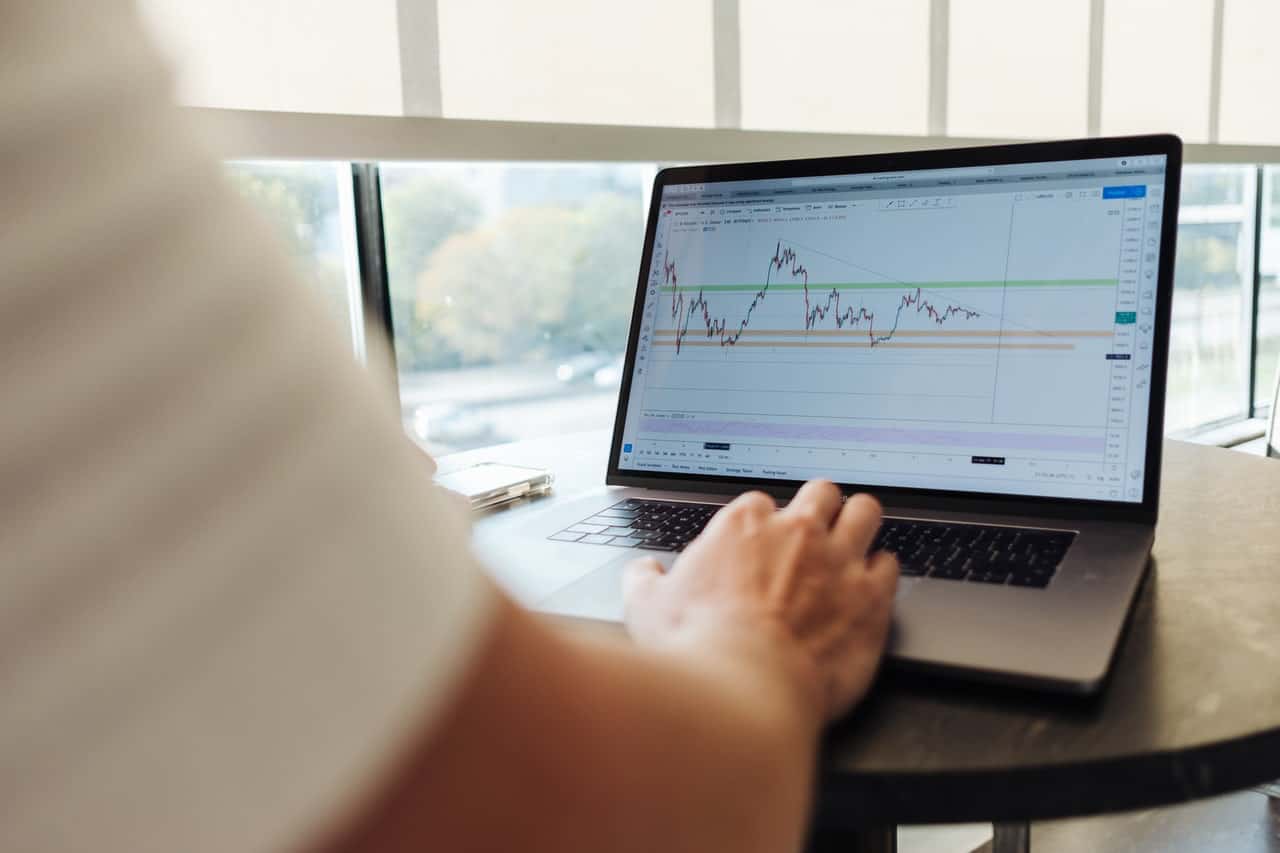
1. Performance and Speed
A trading laptop needs a fast processor and enough memory to keep your platforms responsive. Choose an Intel Core i5 or i7 or an AMD Ryzen 5 or 7 with multiple cores and threads so chart updates, back tests, and indicators run without lag. Aim for 16 GB RAM if you run several platforms, EAs, or scanners at once; 8 GB can work, but causes swapping under load. Use an NVMe SSD instead of a hard drive to ensure your operating system and trading software open and save data quickly, reducing delays when switching strategies.
Which trading platforms do you use most, MT4, MT5, or cTrader? Each will benefit from a strong CPU and SSD, and if you do automated trading, you will see fewer missed signals when your machine keeps up.
2. Screen Size and Resolution
A large screen helps you scan more price action and place orders without constant window juggling. A 17-inch laptop provides space for multiple chart windows and an order ticket, while a 15-inch laptop with an external monitor can replicate that setup at home. Prefer an IPS panel for wide viewing angles and consistent colors. A resolution of 1920 by 1080 is the practical minimum, while 2560 by 1440 or 4K provides finer detail for small time frames and dense layouts.
Do you plan to run multiple screens? Look for an HDMI DisplayPort or USB-C with DisplayPort alternate mode to connect extra monitors or a docking station and create a proper trading workstation.
3. Multitasking Capability
Forex trading means juggling live charts, news, economic calendars, messaging apps, and execution software at once. A multi-core CPU plus at least 16 GB of RAM lets you run these concurrently without stalling. Fast storage lowers load times for historical data and large chart templates. Consider a dedicated GPU when you drive several high-resolution monitors; it offloads rendering work and keeps the UI smooth during busy sessions.
What tasks slow you down today? Identifying that bottleneck tells you whether to upgrade RAM storage or the CPU to improve multitasking.
4. Portability and Battery Life
If you travel or trade from cafes, choose a laptop that balances power and weight. Thin and light models with efficient CPUs and long battery life let you trade on the move. Look for USB-C charging and quick charge features that restore a significant amount of battery in a short time. Also, check physical ports for wired Ethernet or a small USB Ethernet adapter to avoid Wi Fi hiccups when you need low-latency connectivity.
If you split time between home and travel, will you use an external monitor and dock? Make sure your laptop supports that setup so you can keep a stable home workstation and a portable backup.
5. Reliability and Longevity
Durable construction and thermal design prevent throttling during long sessions and extend the useful life of the machine. Prioritize models with good cooling, easy access to RAM and storage for future upgrades, and a strong warranty. Brands with solid after-sales service and accessible parts reduce downtime. Regular maintenance, like dust cleaning and firmware updates, keeps performance steady over the years.
Do you replace laptops every few years or upgrade components as needed? Pick a chassis and service plan that match how you plan to maintain your trading rig.
6. Speedy Trade Execution and Security
A responsive laptop reduces local delays that can add to network latency. Use wired Ethernet when possible and Wi Fi 6 when not. A fast processor and SSD trim the small execution overheads that accumulate across frequent trades. For security, choose hardware that includes a TPM chip, biometric login, and support for full disk encryption. Run a reliable VPN to protect sessions on public networks, enable two-factor authentication on broker accounts, and keep OS and platform software patched to prevent exploits.
How much do you trade per day? Heavy intraday traders benefit most from low-latency networks, strong hardware, and layered security, so orders hit the market reliably and your account stays protected.
Get 25-30% off Today - Sign up to Get Access to Up to $800K Today

Forex trading tests attention, discipline, and decision-making under pressure. The market moves fast. Volatility can amplify profits and losses within minutes. Many new traders struggle with overtrading, poor risk management, and emotional responses to losing streaks. At the same time, the mechanics are straightforward: read price action, manage risk, execute entries and exits. Which part will challenge you most depends on your habits and preparation. Do you handle pressure calmly or chase the market after a loss?
How Goat Funded Trader Makes Starting Easier and More Secure
Goat Funded Trader gives access to simulated accounts up to $800K with some of the most trader-friendly conditions in the industry. There are no minimum targets and no time limits, plus triple paydays and up to 100% profit split. Over 98,000 traders have already collected more than $9.1 million in rewards. Payments are backed by a 2-day payment guarantee and a $500 penalty if payments are delayed. You can choose a path to funding through customizable challenges or start trading immediately with instant funding options. Sign up to Get Access to Up to $800K Today, and 25-30%off.
Practical First Steps to Make Forex Easier Right Now
Start on a demo-funded account that mirrors real execution. Choose a reliable laptop and test your trading platform with live data to check for latency and CPU strain. Set strict risk per trade and keep position size small while you learn. Use a trade journal to record entries, exits, and reasons for trades. Test your internet redundancy with a mobile hotspot and a UPS for your router. Consider joining a funding program to access capital without risking personal savings. What one change could improve your trading routine this week?
Related Reading
- Forex Options Trading Strategy
- Forex Trading Course For Beginners
- Forex Trading App For Beginners
- How To Choose The Best Forex Broker
- Best Forex Pairs To Trade During New York Session
- Forex Trading Strategies For Beginners
- Forex Algorithmic Trading Strategies
- Best Forex Pairs For Beginners
.svg)
.avif)
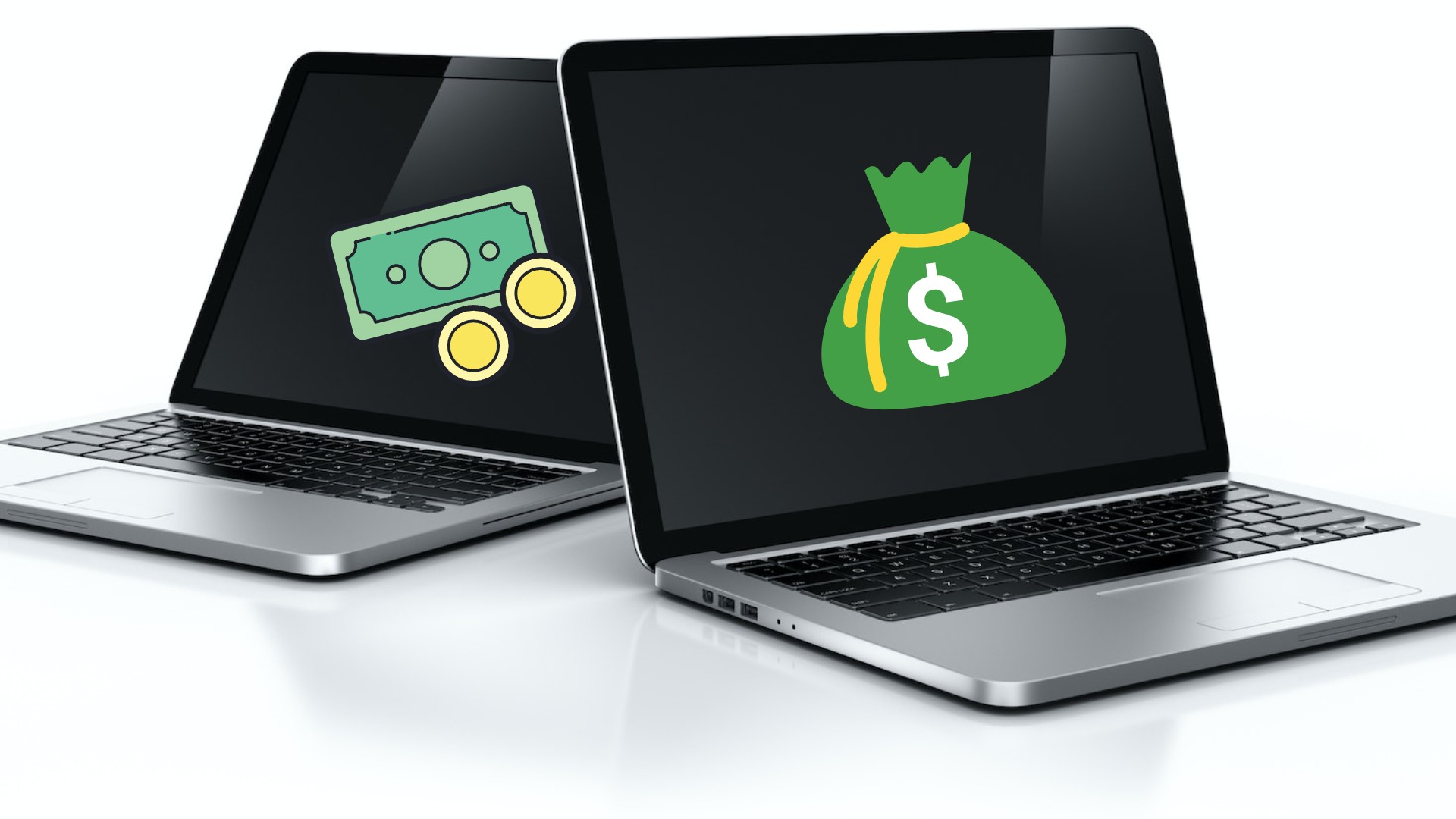


.avif)





.svg)

.svg)